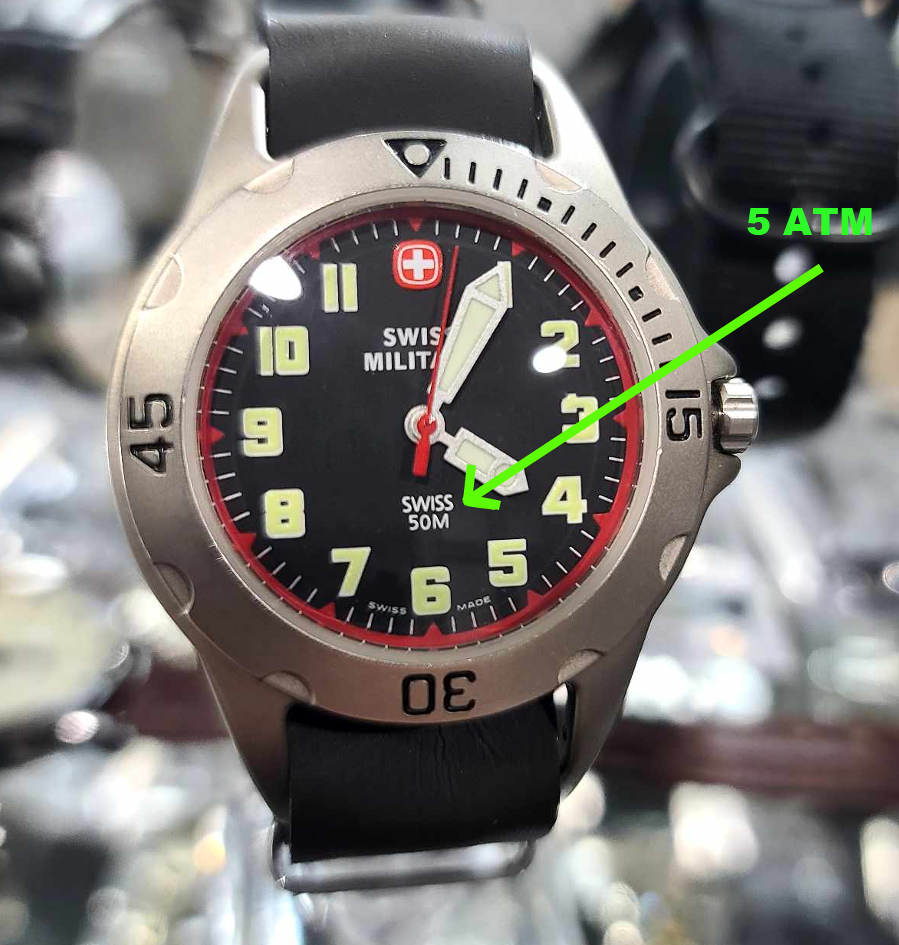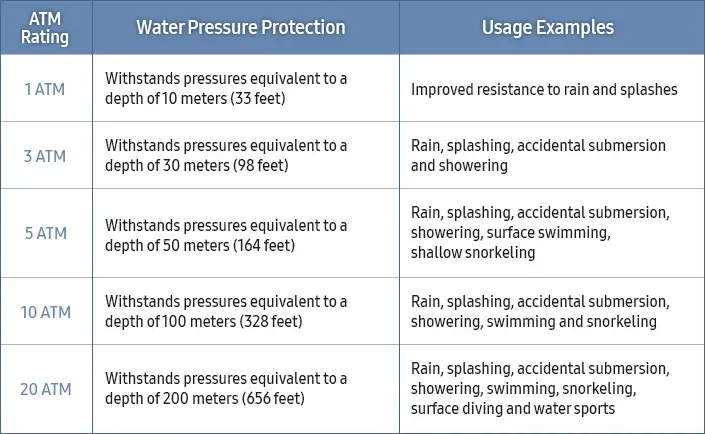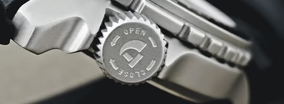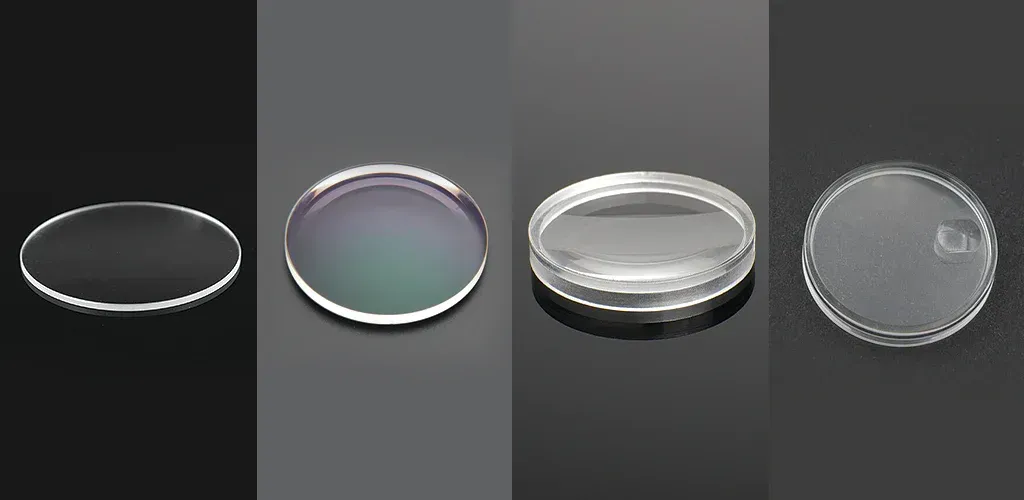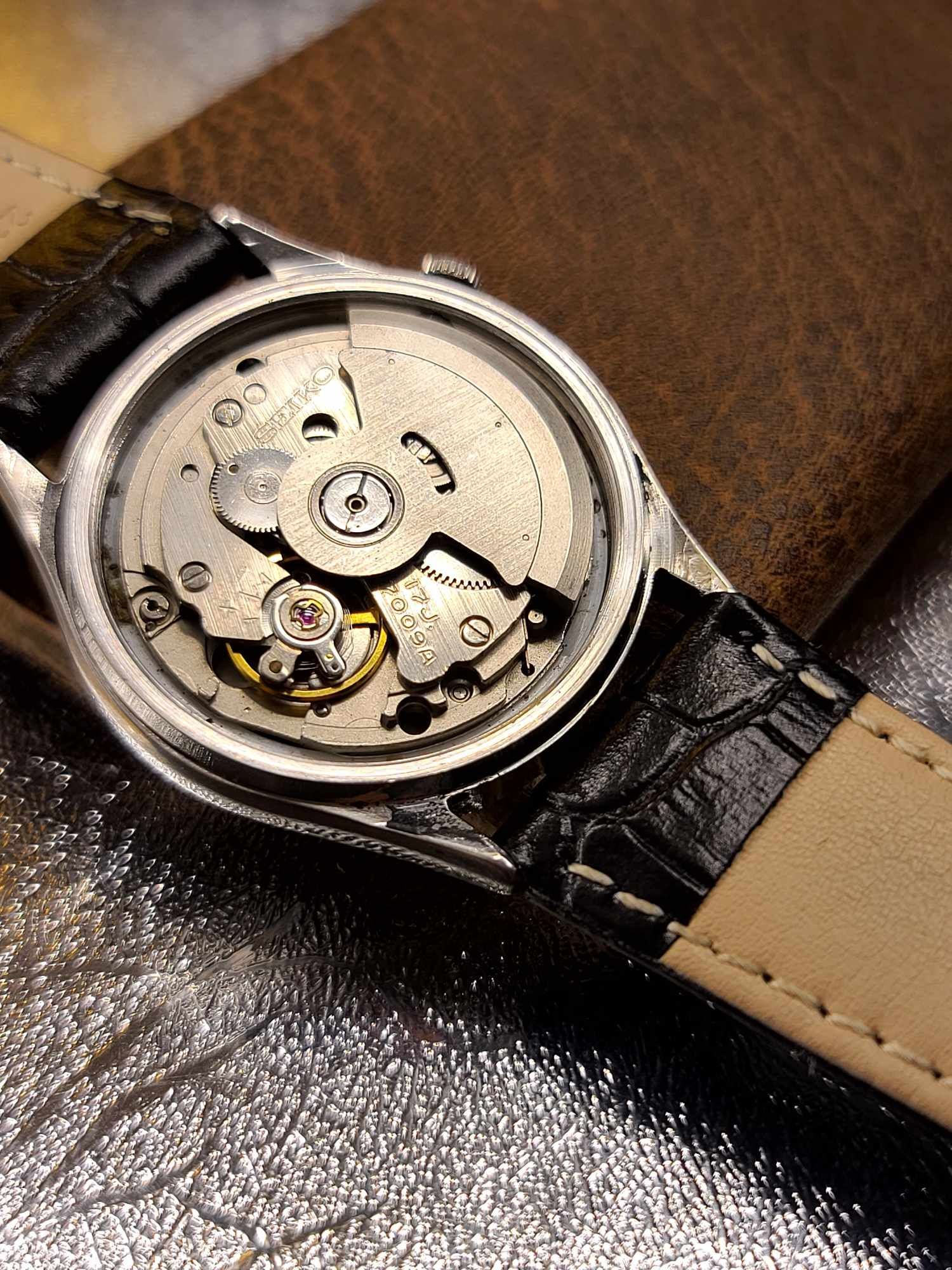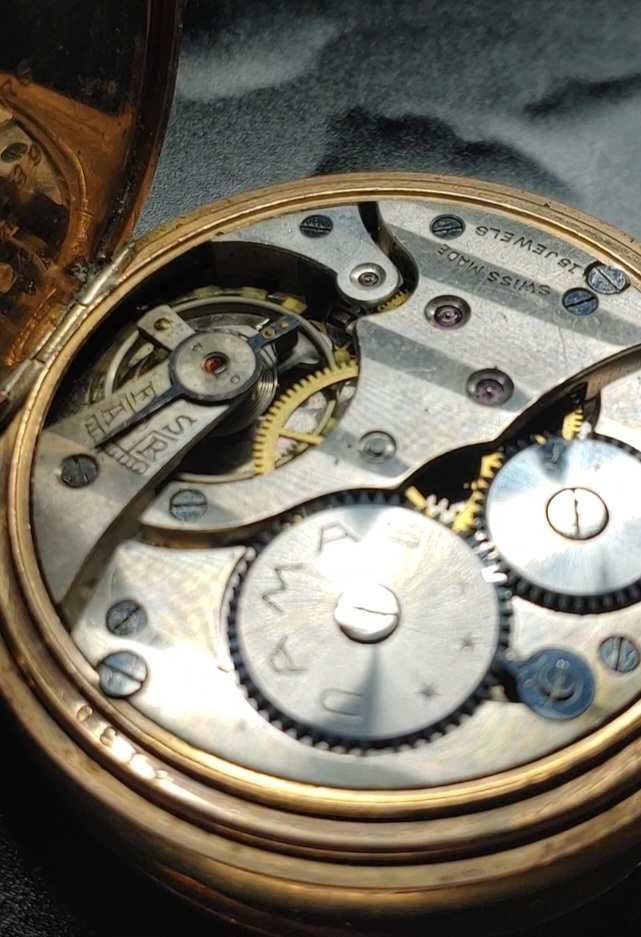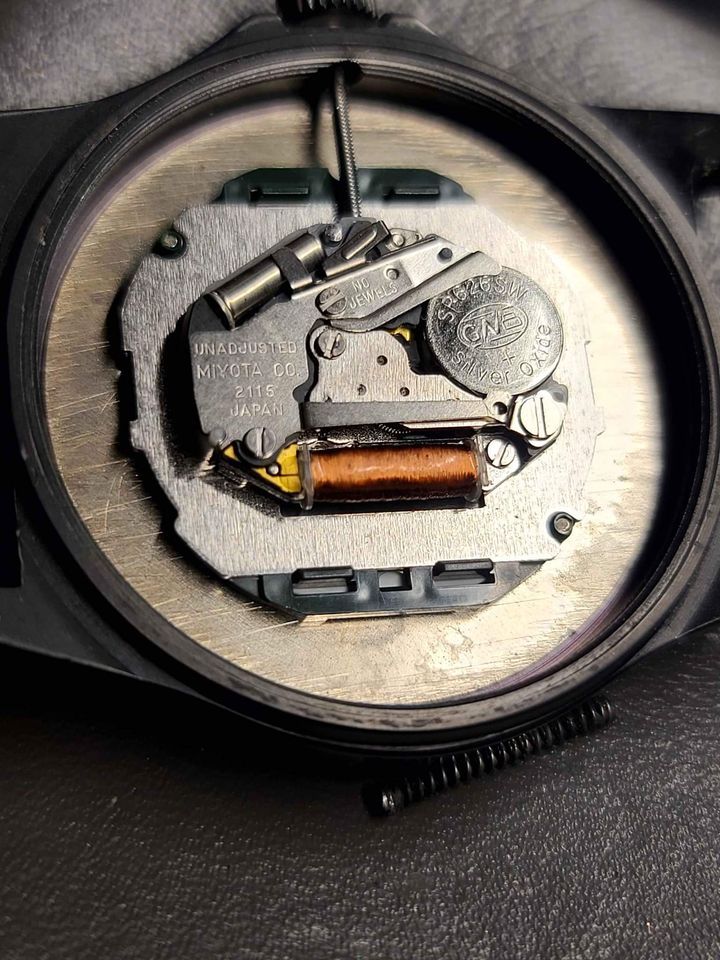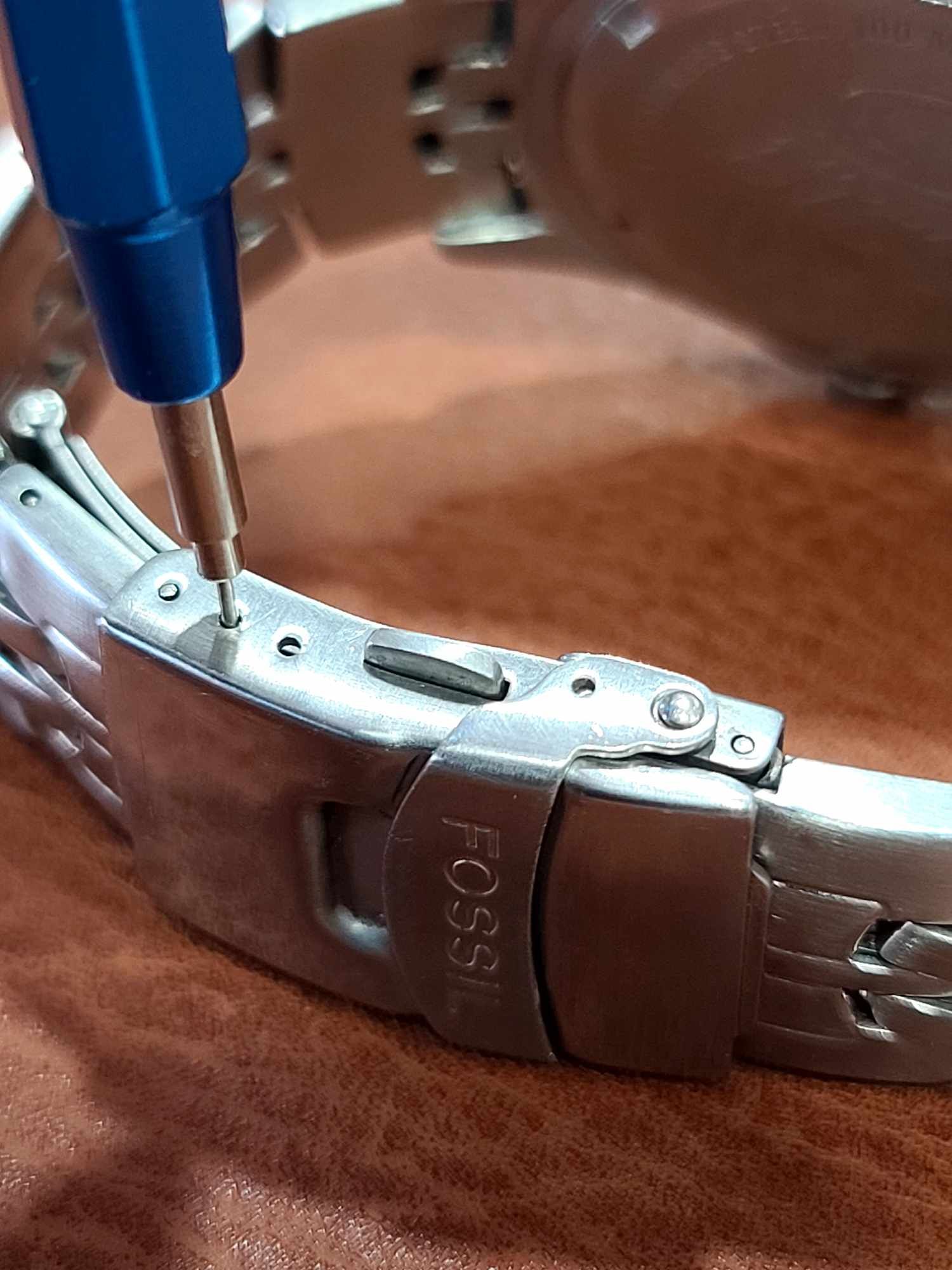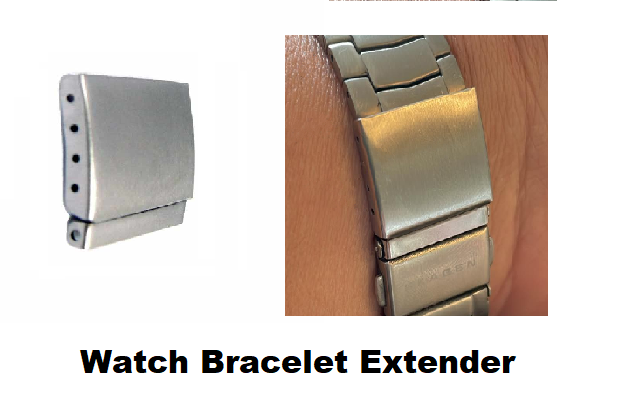What is ATM water resistance?
ATM is a standard commonly used to measure the water resistance of watches, including smartwatches, fitness trackers and traditional watches.
An abbreviated version of the word ‘atmosphere’, ATM describes the amount of pressure a device can withstand when placed underwater.
Like the IP ratings assigned to measure the protection afforded to devices like smartphones and speakers, ATM ratings use numbers to convey water resistance. Common ratings include 1 ATM, 3 ATM and 5 ATM, with higher numbers used to represent devices that are capable of withstanding greater amounts of pressure.
One atmosphere of pressure (1 ATM) is equal to 10m (33ft) in depth, while 3 ATM equals 30m (98 ft) in depth. 5 ATM, meanwhile, represents an ability to withstand 50m (164ft) of pressure.
If you’re looking for a watch that can be taken swimming or snorkelling, you’ll want to look out for a rating of 10 ATM or 20 ATM, with 10 ATM equalling 100m (328ft) of depth and 20 ATM signalling 200m (656ft) of depth.
The official criteria and test conditions for each ATM standard are determined by the International Organisation for Standardisation in ISO 22810.

